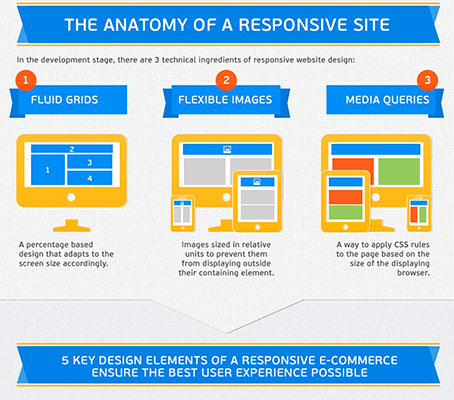Keen To Find Just How Website Design Has Changed In Time? Dive Into The Advancement From Simplicity To User-Focused Experiences
Keen To Find Just How Website Design Has Changed In Time? Dive Into The Advancement From Simplicity To User-Focused Experiences
Blog Article
Article Produced By-Johnsen Hyldgaard
In the past, websites were straightforward and focused on information. Navigating was direct, and design was for desktop computers. Currently, individual experience is key. Data overviews styles for simple navigating. Responsive formats suit various devices. simply click the up coming website page , dark setting lowers stress, and minimal menus enhance navigation. Interactive attributes involve customers, and vibrant visuals attract attention. AI assimilation increases involvement. See exactly how design has advanced to enhance your on the internet trip.
Very Early Days of Website Design
In the early days of website design, simplicity reigned supreme. Websites were fundamental, with limited colors, typefaces, and layouts. The focus got on giving information as opposed to showy visuals. Users accessed the internet via sluggish dial-up links, so speed and capability were key.
Navigation food selections were straightforward, generally located at the top or side of the page. Web sites were designed for computer, as mobile browsing had not been yet widespread. Content was king, and developers prioritized simple readability over complex layout components.
HTML was the key coding language utilized, and developers had to work within its restrictions. Computer animations and interactive features were very little contrasted to today's standards. Internet sites were static, with little dynamic content or individualized individual experiences.
Rise of User-Focused Style
With the development of website layout, a shift towards user-focused design concepts has come to be significantly famous. Today, creating websites that prioritize user experience is crucial for involving site visitors and attaining company objectives. User-focused design involves comprehending the requirements, choices, and behaviors of your target market to customize the site's design, material, and features accordingly.
Developers now carry out comprehensive study, such as customer studies and use screening, to collect insights and responses directly from individuals. This data-driven method aids in creating instinctive navigating, clear calls-to-action, and visually enticing interfaces that reverberate with site visitors. By positioning the customer at the facility of the layout procedure, web sites can provide an extra customized and satisfying experience.
Responsive design has additionally become a crucial element of user-focused layout, guaranteeing that websites are enhanced for various devices and screen dimensions. This flexibility improves access and functionality, satisfying the varied methods individuals connect with websites today. Essentially, the increase of user-focused layout represents a shift towards creating digital experiences that prioritize the needs and assumptions of the end individual.
Modern Trends in Web Design
Check out the latest fads forming web design today. One prominent fad is dark mode layout, using a streamlined and modern-day appearance while minimizing eye strain in low-light environments. An additional key pattern is minimalist navigating, streamlining menus and boosting customer experience by focusing on essential elements. Integrating micro-interactions, such as computer animated switches or scrolling effects, can develop an extra interesting and interactive website. Responsive style remains essential, guaranteeing smooth user experiences throughout various tools. Furthermore, utilizing vibrant typography and unbalanced designs can include visual passion and accentuate details content.
Incorporating AI innovation, like chatbots for client support or tailored suggestions, boosts individual engagement and simplifies procedures. Ease of access has also become a substantial pattern, with designers focusing on comprehensive style techniques to satisfy varied individual demands. Accepting sustainability by maximizing website efficiency for rate and performance is one more emerging trend in website design. Working together with individual feedback and data analytics to iterate and improve style continuously is important for remaining relevant in the ever-evolving electronic landscape. By accepting these contemporary patterns, you can produce an aesthetically enticing, user-friendly website that resonates with your audience.
just click the following internet page
As you review the advancement of web site layout from the very early days to currently, you can see exactly how user-focused design has actually ended up being the driving pressure behind modern-day patterns.
Accept the journey of modification and adaptation in website design, always maintaining the individual experience at the center.
Remain present with the current patterns and modern technologies, and never ever quit evolving your method to create visually sensational and straightforward sites.
Advance, adapt, and develop - the future of website design is in your hands.
